Barbara Wohlmuth
U-net based prediction of cerebrospinal fluid distribution and ventricular reflux grading
Oct 06, 2024

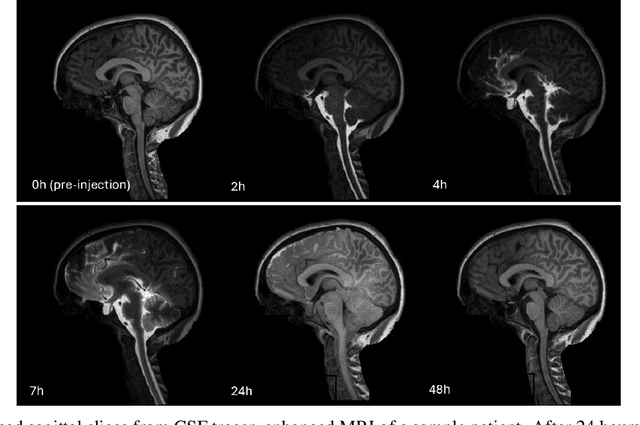

Abstract:Previous work shows evidence that cerebrospinal fluid (CSF) plays a crucial role in brain waste clearance processes, and that altered flow patterns are associated with various diseases of the central nervous system. In this study, we investigate the potential of deep learning to predict the distribution in human brain of a gadolinium-based CSF contrast agent (tracer) administered intrathecal. For this, T1-weighted magnetic resonance imaging (MRI) scans taken at multiple time points before and after intrathecal injection were utilized. We propose a U-net-based supervised learning model to predict pixel-wise signal increases at their peak after 24 hours. Its performance is evaluated based on different tracer distribution stages provided during training, including predictions from baseline scans taken before injection. Our findings indicate that using imaging data from just the first two hours post-injection for training yields tracer flow predictions comparable to those trained with additional later-stage scans. The model was further validated by comparing ventricular reflux gradings provided by neuroradiologists, and inter-rater grading among medical experts and the model showed excellent agreement. Our results demonstrate the potential of deep learning-based methods for CSF flow prediction, suggesting that fewer MRI scans could be sufficient for clinical analysis, which might significantly improve clinical efficiency, patient well-being, and lower healthcare costs.
Learning the structure of wind: A data-driven nonlocal turbulence model for the atmospheric boundary layer
Jul 23, 2021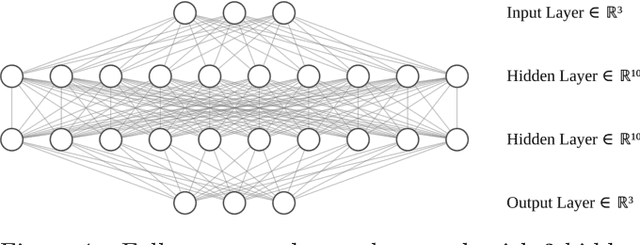
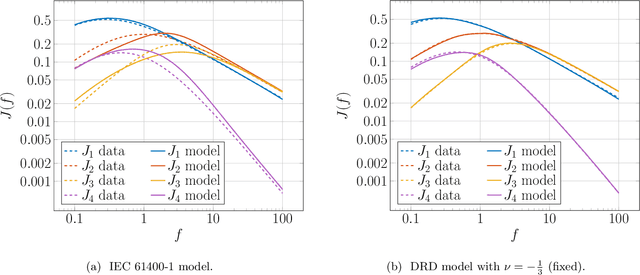
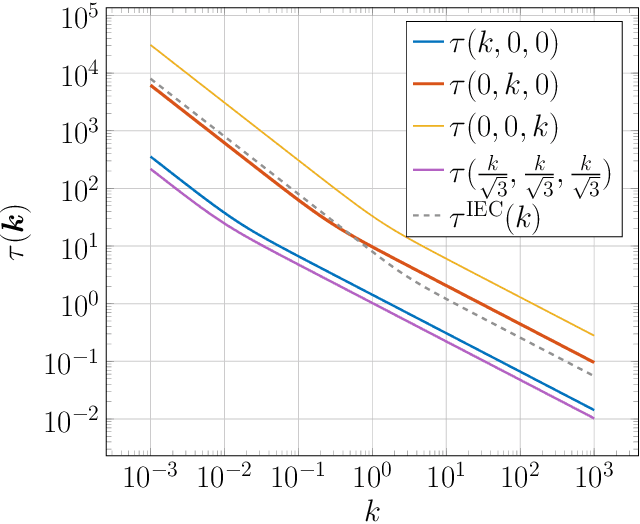
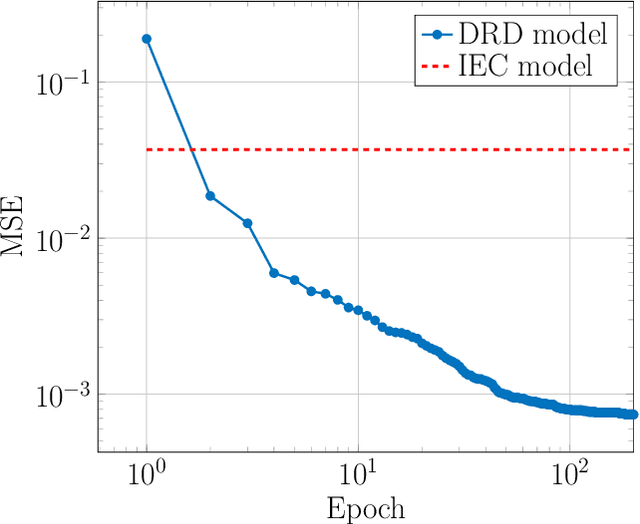
Abstract:We develop a novel data-driven approach to modeling the atmospheric boundary layer. This approach leads to a nonlocal, anisotropic synthetic turbulence model which we refer to as the deep rapid distortion (DRD) model. Our approach relies on an operator regression problem which characterizes the best fitting candidate in a general family of nonlocal covariance kernels parameterized in part by a neural network. This family of covariance kernels is expressed in Fourier space and is obtained from approximate solutions to the Navier--Stokes equations at very high Reynolds numbers. Each member of the family incorporates important physical properties such as mass conservation and a realistic energy cascade. The DRD model can be calibrated with noisy data from field experiments. After calibration, the model can be used to generate synthetic turbulent velocity fields. To this end, we provide a new numerical method based on domain decomposition which delivers scalable, memory-efficient turbulence generation with the DRD model as well as others. We demonstrate the robustness of our approach with both filtered and noisy data coming from the 1968 Air Force Cambridge Research Laboratory Kansas experiments. Using this data, we witness exceptional accuracy with the DRD model, especially when compared to the International Electrotechnical Commission standard.
 Add to Chrome
Add to Chrome Add to Firefox
Add to Firefox Add to Edge
Add to Edge